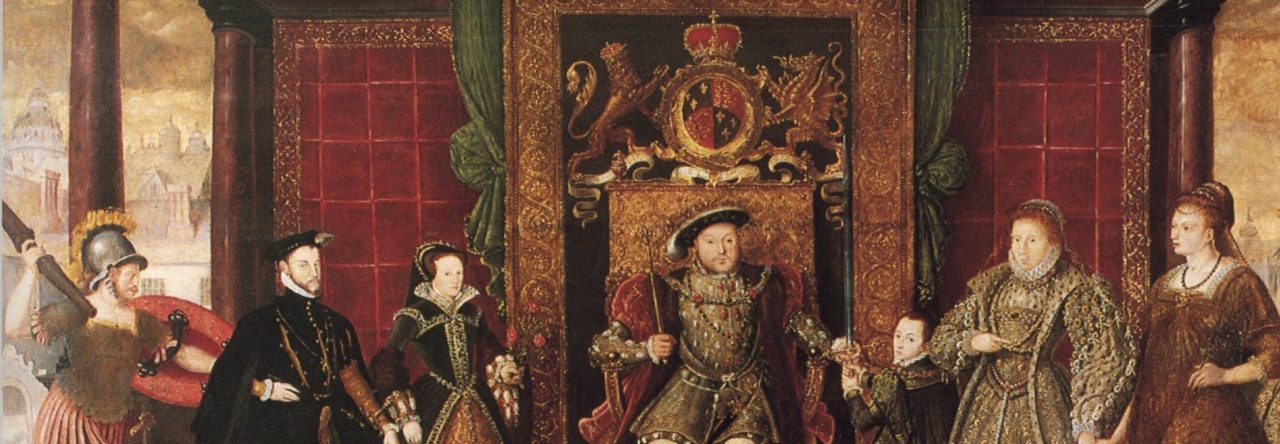 When we think about England, we often think about a unified country with an illustrious history of wars and triumphs. However, England in the 10th century was drastically different. It was barely a country as it was newly formed through politics, but it faced the risk of elimination with a carousel of kings and Viking raiders. Some of the most notable kings of this era include Alfred, Edward the Elder, Athelstan, Edward the Martyr, and Aethelred II, but the most fascinating figures of this time were the women who were hidden in the shadows of the past. M.J. Porter uses the written record from the 10th and 11th centuries to tell the tales of these remarkable women in her book, “The Royal Women Who Made England: The Tenth Century in Saxon England.”
When we think about England, we often think about a unified country with an illustrious history of wars and triumphs. However, England in the 10th century was drastically different. It was barely a country as it was newly formed through politics, but it faced the risk of elimination with a carousel of kings and Viking raiders. Some of the most notable kings of this era include Alfred, Edward the Elder, Athelstan, Edward the Martyr, and Aethelred II, but the most fascinating figures of this time were the women who were hidden in the shadows of the past. M.J. Porter uses the written record from the 10th and 11th centuries to tell the tales of these remarkable women in her book, “The Royal Women Who Made England: The Tenth Century in Saxon England.”
I would like to thank Pen and Sword Books and Net Galley for sending me a copy of this book. I have heard of M.J. Porter and her historical fiction novels ( I even hosted her for a guest post on my blog), but I had never read her books. I saw this particular title and I was curious as the history of 10th century England is a weak area in my historical research and I wanted to know more about the royal women who lived during this era.
Porter begins by explaining the concept of the long 10th century in England, which starts with the death of King Alfred in 899 to the death of Lady Elfrida in 1001/1002. In that span, ten kings reigned: Alfred, Edward the Elder, Aethelweard, Athelstan, Edmund, Eadred, Eadwig, Edgar, Edward the Martyr, and Aethelred II the Unready. Although this was a turbulent time, it was the women who kept England together. Women like Lady Aethelflaed Lady of the Mercians and Elfrida, the first crowned Queen of England, were not afraid to get their hands dirty whether that meant fighting off Viking invaders or potentially killing off her stepson so her son could be king. Some less famous women were daughters, sisters, mothers, saints, and abbesses/nuns who saw England transformed and whose stories survived through wills, charters, and chronicles.
While I did find the information in this book fascinating as I did take copious notes while reading, I have to be a bit critical of the actual structure of this book. The structure as it was published made it a bit difficult to follow along and I was struggling to keep track of who was who as some women shared the same name. I feel like Porter should have done an introduction to the events of the period in the beginning, then dived into what sources she will use in the book, and then gone into the more minutiae details of the lives of the royal women in chronological order.
Overall, it was a decent read that was extremely informative, but it could have been structured differently to make it even better and a more enjoyable read. Porter’s passion for this period of the past is evident on every page and I wonder how it translates to her historical fiction novels. If you want to learn more about the royal house of Wessex and the women who were close to the throne, I would recommend you read, “The Royal Women Who Made England: The Tenth Century in Saxon England” by M.J. Porter.
